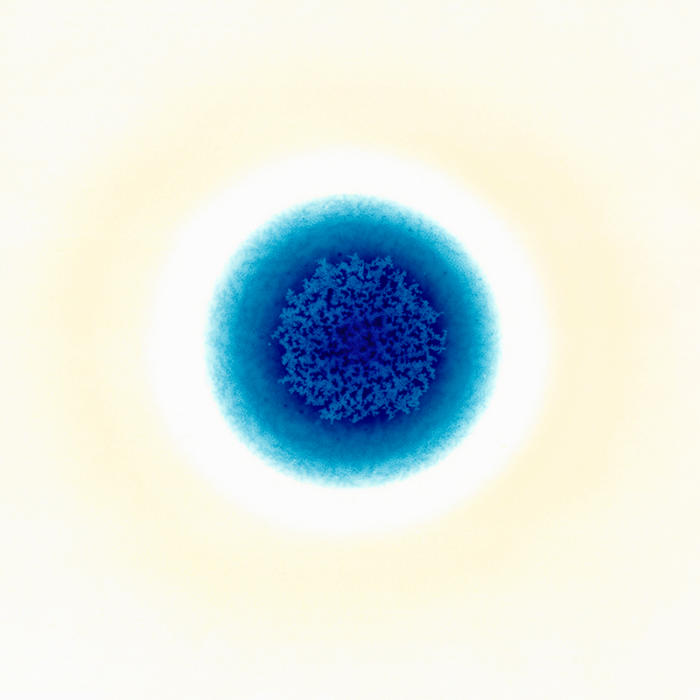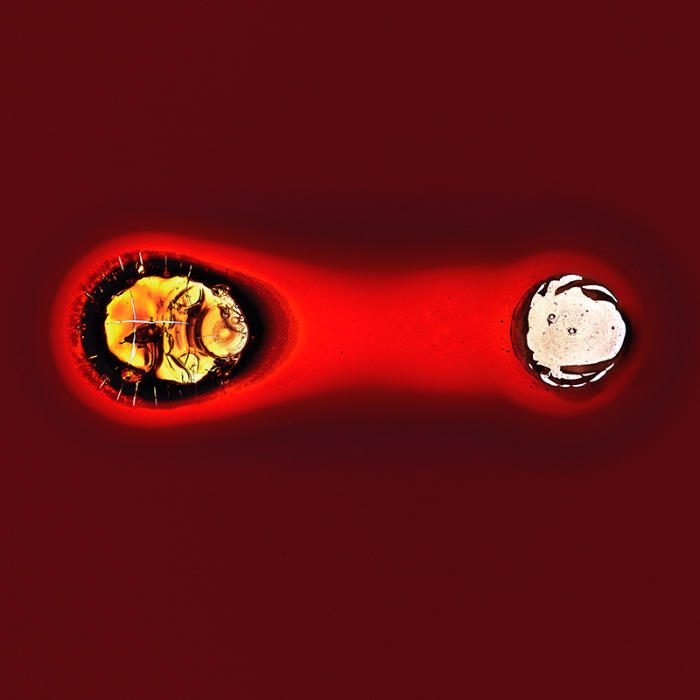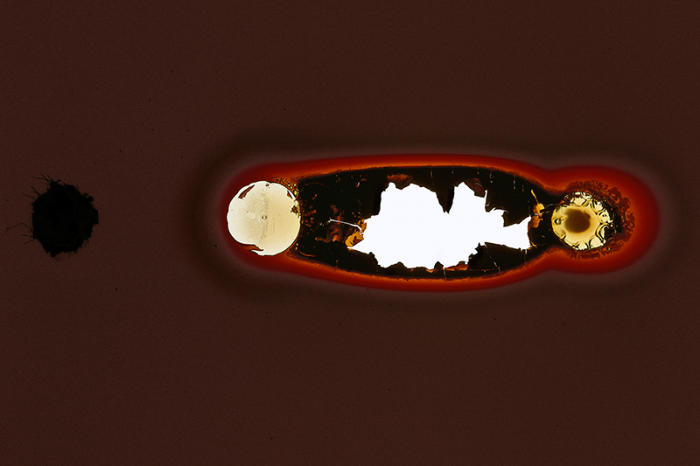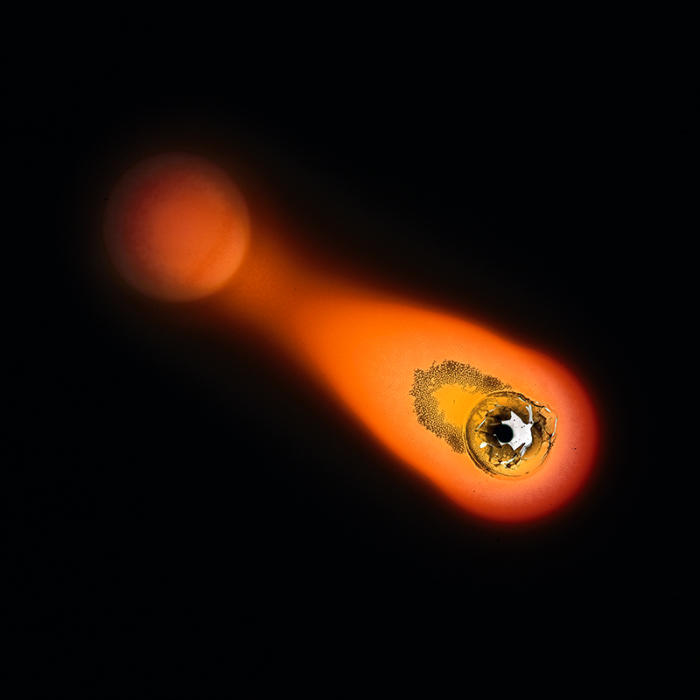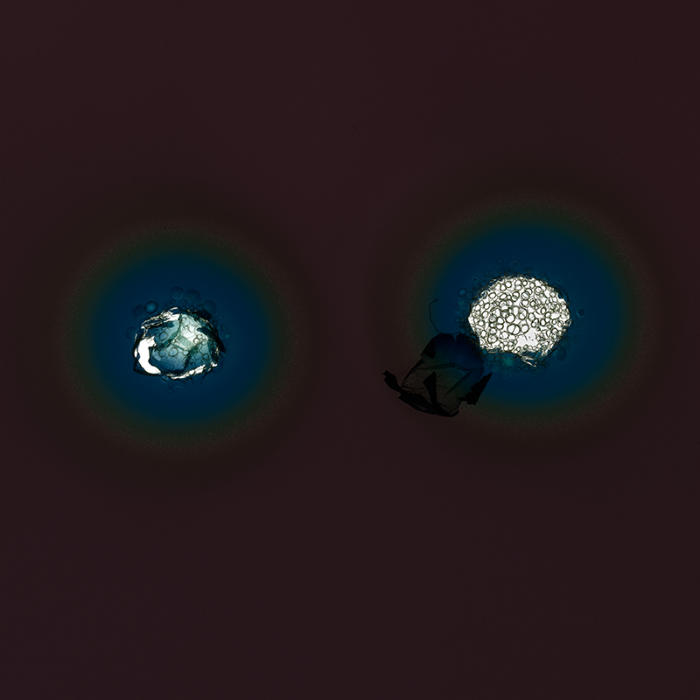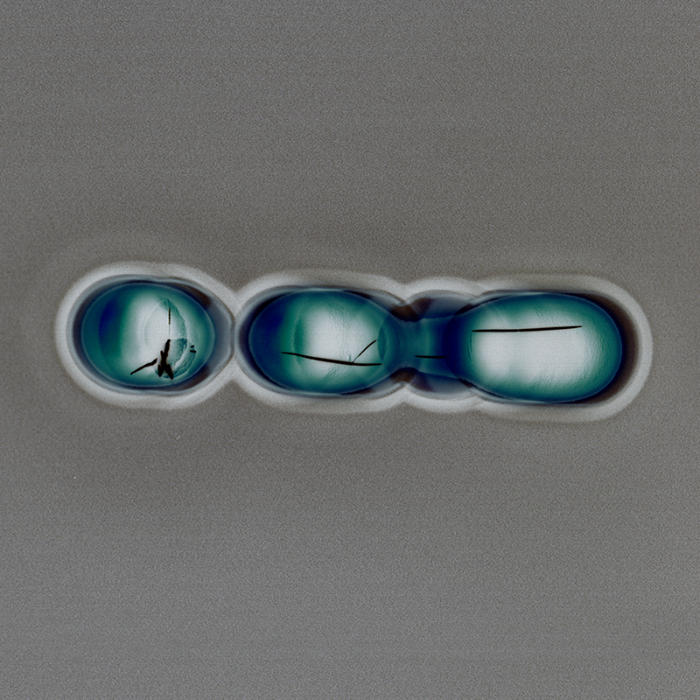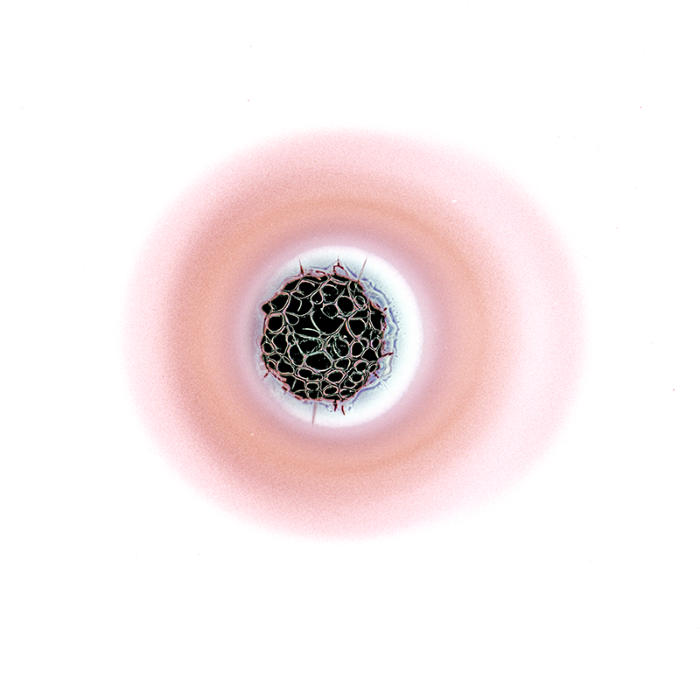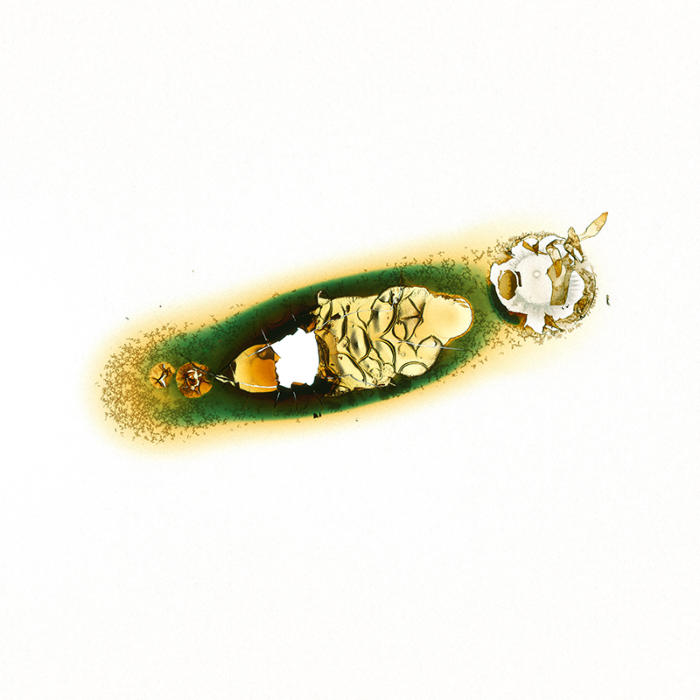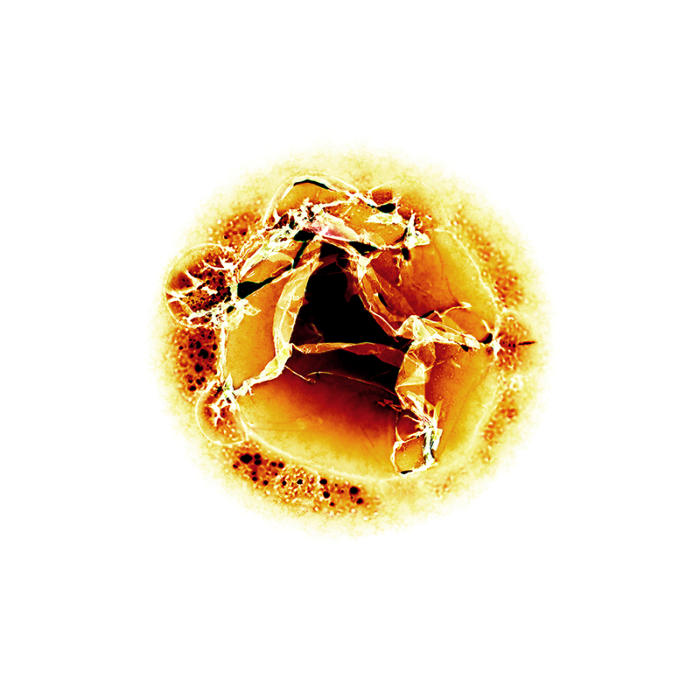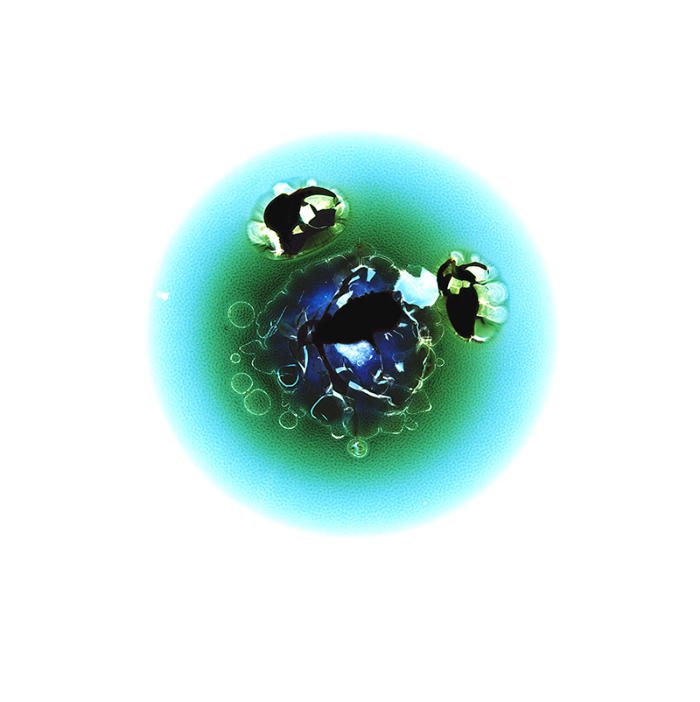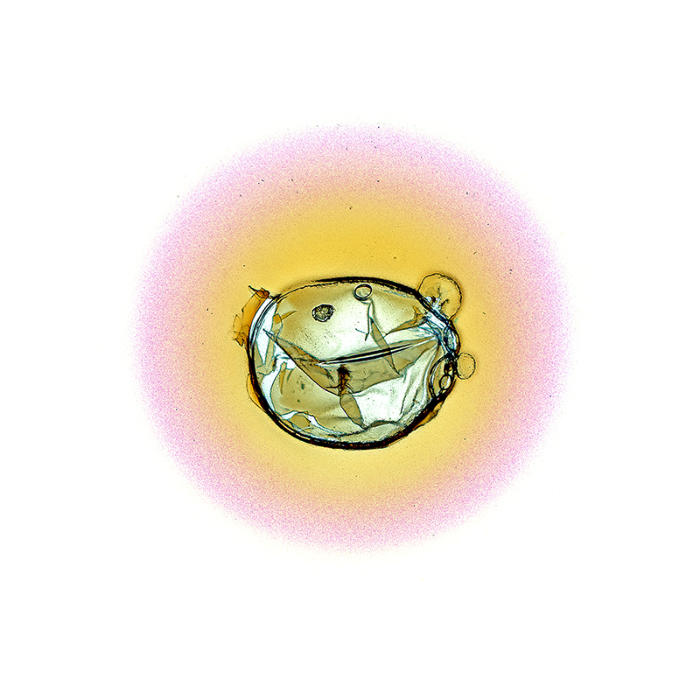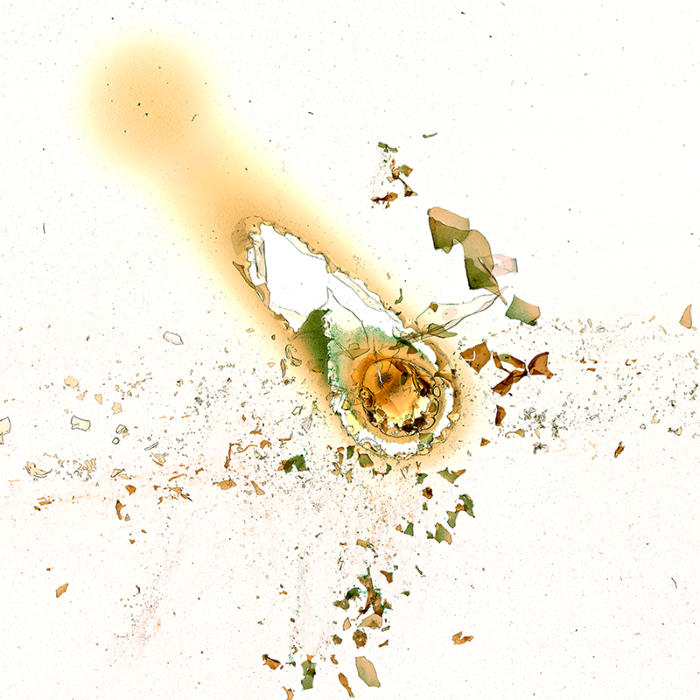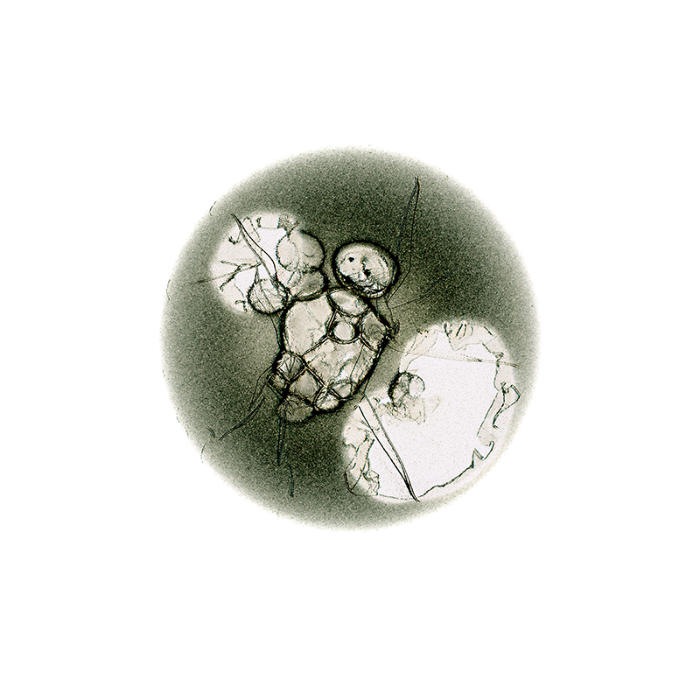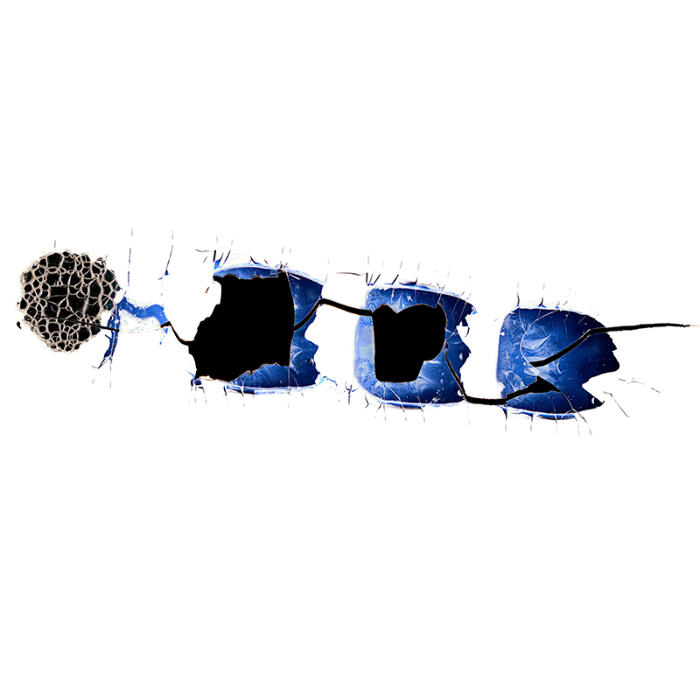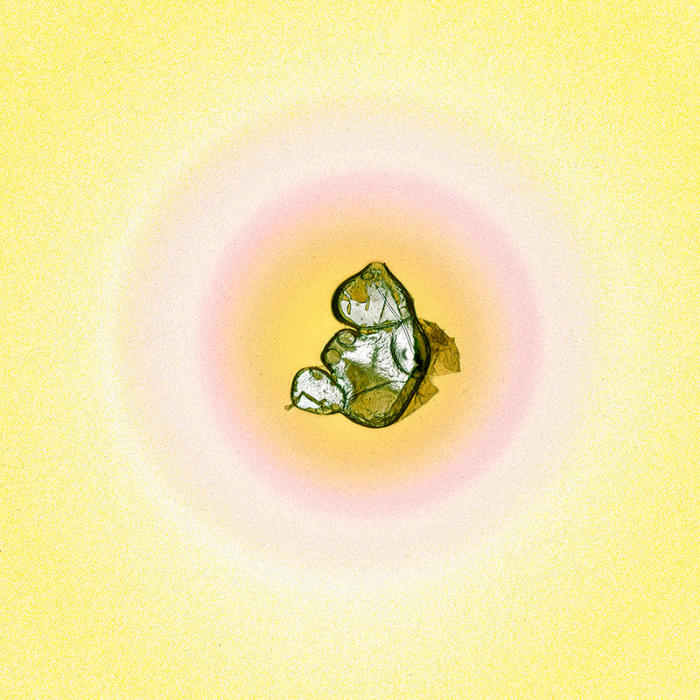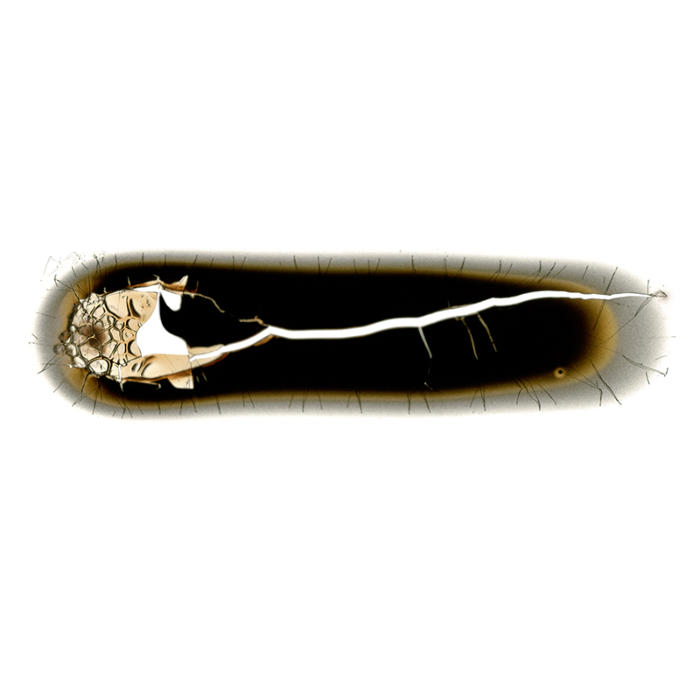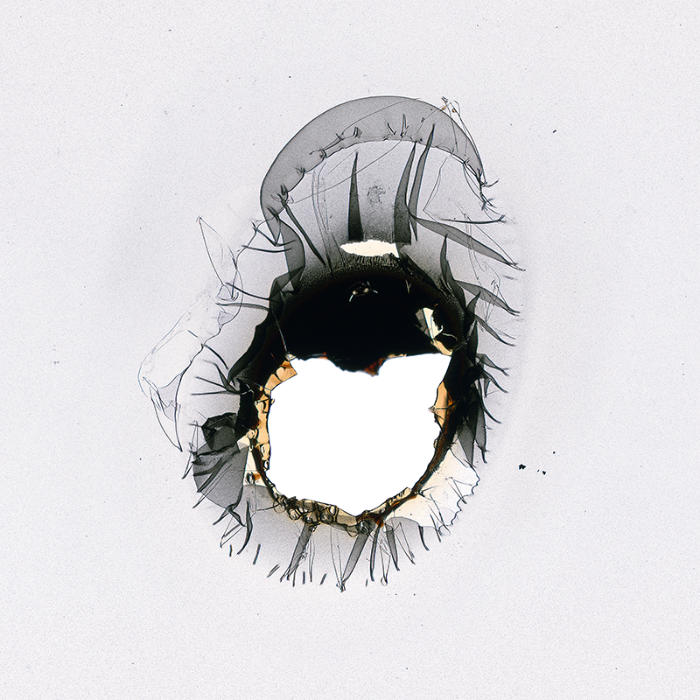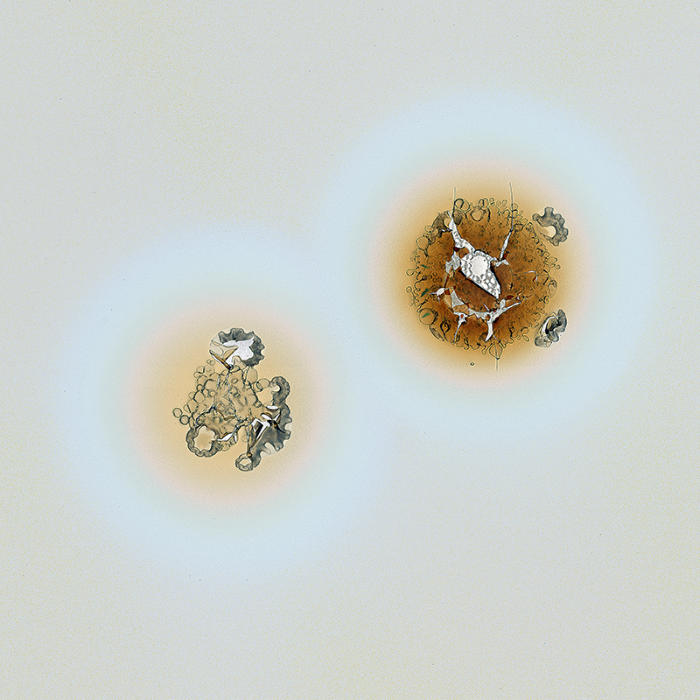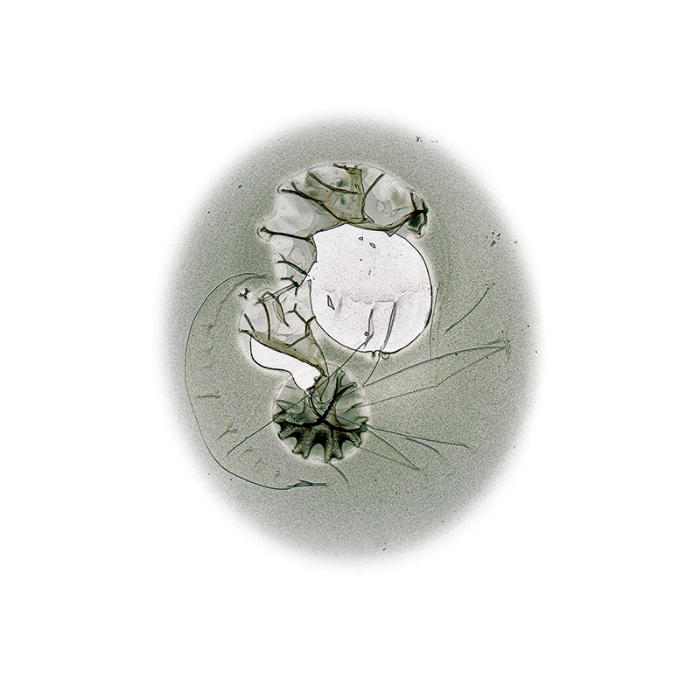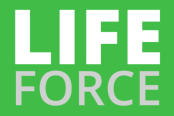

The magazine of the photo-essay

May 2018 issue


“A free, really high quality photo-essay magazine. Fabulous!”
Stephen Fry. British actor, writer and film maker
by Claus Stolz
Blue skies, beach weather. Claus Stolz aims his photographic device:
directly at the sun. Gigantic lenses concentrate its radiance onto the
photographic film: the first delicate blisters, soon more, a fine smoke.
A large bubble forms, grows like a balloon, smolders and goes out,
collapses as it crackles, the film breaks out of its support, it stinks,
white puffs of smoke between the lens and the film, the optical path of
the light, the focal point briefly identifiable, the film catches fire,
the material is charred and congeals in bizarre forms, flakes of ash fly
up. Yes, the water barrel is filled up and, no, normally the artist does
not let things go quite so far.
For two decades now Claus Stolz has been developing a radical form of
photography: it is a' photography', or better' heliography', in the
original sense of the word - he directs huge lenses directly into the
sun and exposes film material by means of light and heat energy, from a
few seconds for several hours. Stolz destroys the material in a metered manner, creating unique specimens and
liberating photography from the two-dimensional pictorial space and its immanent pictorial quality: a science-esthetic
penetration into the variety of forms and colours of the emulsion layers. It is possible - and Stolz sometimes takes film
shots during the long exposures - to observe dendrite-like structures during the melting process or the subsequent
cooling of the material as it grows: molecular kinetics as known from crystallography or geology.
Stolz’s results are in no way images of the sun, as in the case of astrophotography. No image is made of anything at all;
instead, the artist makes use of exposure times long enough to insure that the sunlight eats its way into the photographic
film. The works of Claus Stolz occupy a highly distinctive position within photography. Stolz’s works can thus be referred
to as "concrete photography", created without recourse to the indirect route of any kind of reproduction.
"It is the quintessence of overexposure and darkroom, energy and chemistry, time and beauty, material and experiment,
research and chance" (Claus Stolz)
"Last year in Göttingen, where I met Claus Stolz during an artists' discussion, he showed pictures which he took against
all rules, not with the direction of the sun, but against the sun. With a wide open shutter the light did no longer draw
images of reality onto the light sensitive material but symbols. In part the brutal incidence of light attacked the sensitive
negative material to the point of incineration, which in the end created icons of a magical apocalypse, if you permit the
paradox. Pictures showing the acts of destruction and obliteration in blinding beauty, putting visual puzzles before our
eyes that confuse the senses, no longer having a clearly definable reference to reality in their abstraction and thus
challenge our imaginative abilities to the utmost ..." Michael Stoeber, Hannover, Germany.
